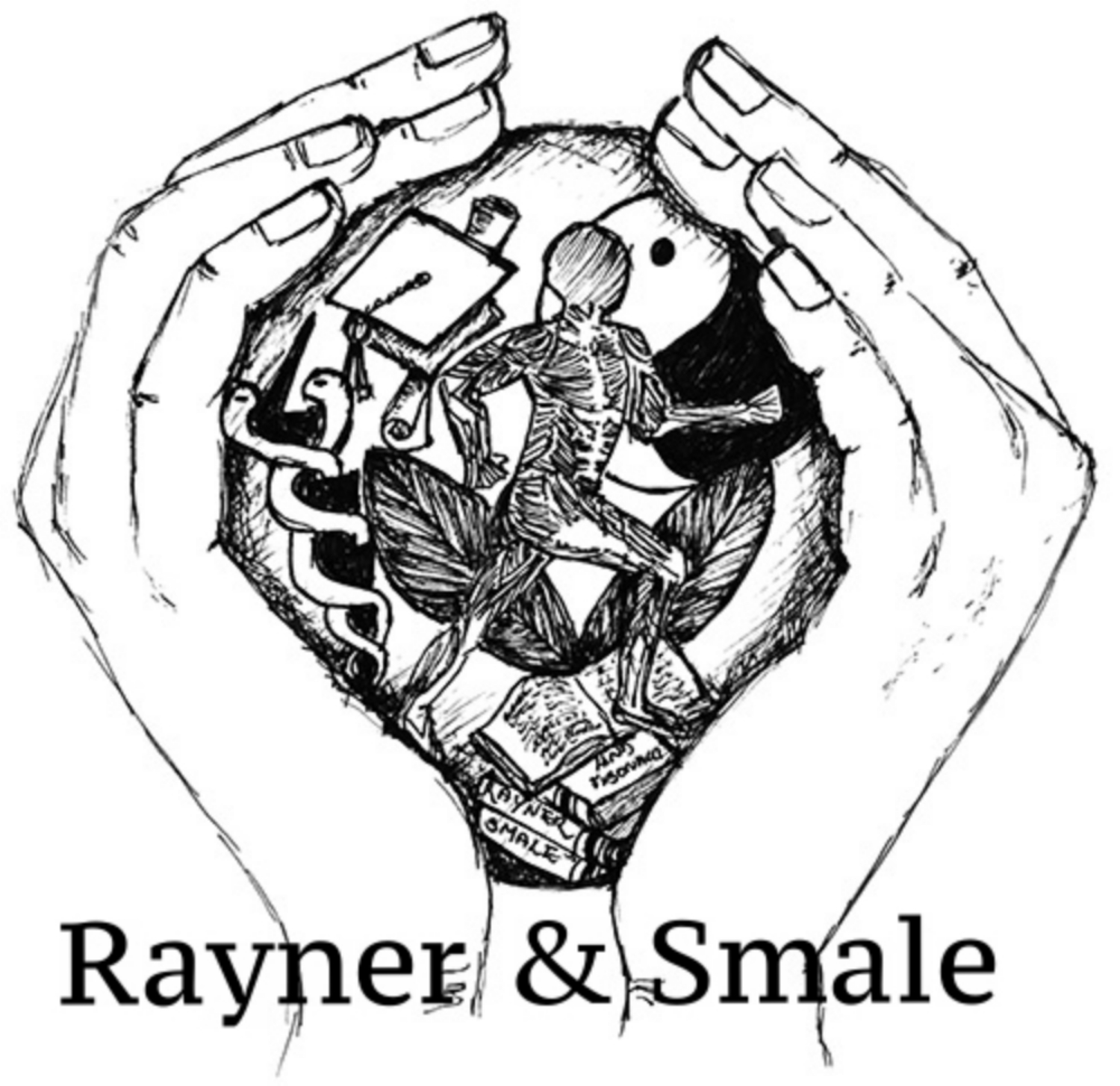The first aim for this blog was to highlight how we can break down the components of a dynamic balance test such as the SEBT, or understand the requirements for normal gait and stair navigation. The second is to emphasise the importance of making sure that our early stages of rehabilitation allow for sufficient time to help our patients develop the range of movement, muscle length and neuromuscular control to allow them to be successful when integrating these components together. I recognise that these exercises aren't radically new or fancy, heck they can be just down right boring, but when done right and combined with the education as to why, they can be hugely impactful.
Read More